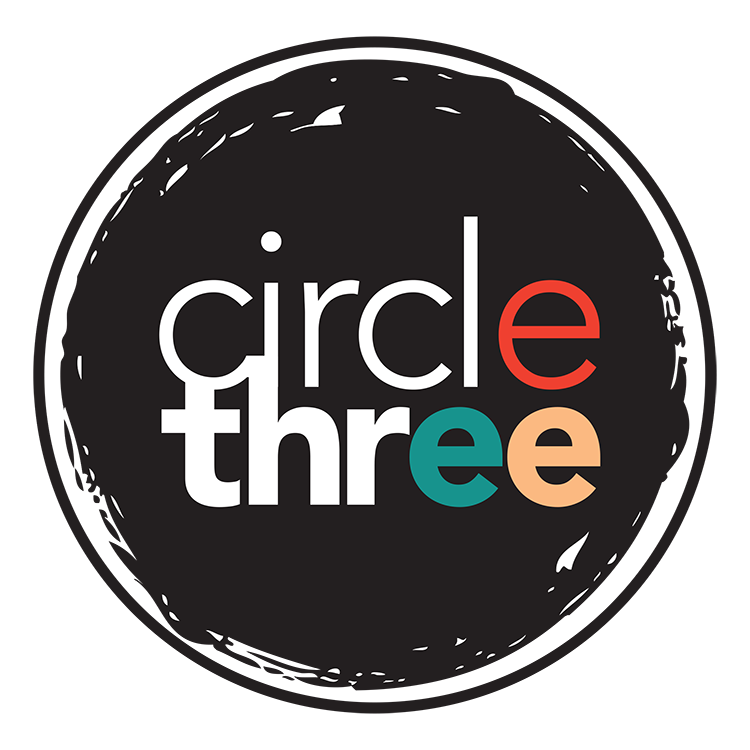This is one part in a series on Cognitive Biases and Logical Fallacies in marketing. Read more here.
The bandwagon fallacy, also known as argumentum ad populum, occurs when someone argues that because something is popular or widely believed, it must be true, correct, or good. Essentially, it’s assuming that since many people support an idea or follow a trend, it’s automatically valid or desirable.
This fallacy overlooks the actual evidence, reasoning, or merits of an argument or idea. It relies solely on the notion that the majority can’t be wrong, which isn’t always the case. Just because something is widely accepted doesn’t necessarily make it true or the best option. Valid arguments and ideas should be supported by evidence and reasoning rather than just popularity.
Bandwagon in Business
In business, the bandwagon fallacy can significantly impact decision-making both internally among stakeholders and externally for customers.
Internal Impact among Stakeholders:
- Decision-Making Processes: Within a company, the bandwagon fallacy can influence decision-making when executives or team members assume that if a strategy or idea is popular among competitors or in the industry, it must be the right approach. This can lead to a lack of critical analysis and independent thinking when assessing strategies.
- Investment Choices: When making investment decisions, stakeholders might opt for projects or initiatives solely because they’re in vogue or because other companies are investing in similar ventures, without thoroughly evaluating their alignment with the company’s goals or potential risks.
- Company Culture and Innovation: Internally, a reliance on the bandwagon effect can stifle innovation and creativity. If employees believe that only widely accepted ideas or practices are valuable, it can discourage the exploration of new, unconventional, or potentially groundbreaking concepts.
External Impact on Customers:
- Marketing Strategies: Companies might employ marketing strategies solely based on current trends or what competitors are doing, rather than on what resonates best with their target audience or aligns with their brand identity. This can lead to generic or inauthentic marketing campaigns.
- Consumer Choices: Consumers might be influenced to buy products or services simply because they are popular or because everyone else seems to be using them. This could lead to decisions that aren’t aligned with their actual needs or preferences.
- Brand Perception: Relying on the bandwagon effect in marketing might create short-term popularity but could harm long-term brand perception if the strategies don’t authentically represent the company or its values. It may also lead to a lack of differentiation in the market.
Mitigating the Impact:
- Data-Driven Decision-Making: Encouraging evidence-based decision-making rather than relying solely on trends or industry norms can help mitigate the bandwagon effect.
- Critical Thinking Culture: Fostering a culture that encourages questioning assumptions and seeking diverse perspectives can help counteract the bandwagon fallacy internally.
- Customer-Centric Approach: Emphasizing understanding the customer’s needs, preferences, and values can guide marketing strategies more effectively than blindly following trends.
By recognizing the bandwagon fallacy’s potential impact and actively working to counteract it, businesses can make more informed, thoughtful decisions that align with their goals and better serve their stakeholders and customers.
Let’s Fix It
Marketers have a significant role in steering their audience away from the bandwagon fallacy. Here are several strategies they can employ:
1. Education and Transparency:
- Provide Information: Educate customers about products or services without relying solely on popularity or trends. Offer detailed information about features, benefits, and how they address specific needs.
- Transparent Communication: Be transparent about the product’s advantages and limitations. This helps customers make informed decisions rather than following the crowd blindly.
2. Storytelling and Authenticity:
- Storytelling: Use storytelling to showcase real experiences and genuine narratives that demonstrate how your product or service has positively impacted people’s lives. Authentic stories can resonate more deeply than hype or trends.
- Authentic Branding: Emphasize authenticity in branding. Highlight what makes your brand unique and why it stands out from the crowd. Authenticity often attracts customers who value genuine connections over fleeting trends.
3. Focus on Value and Solutions:
- Value Proposition: Emphasize the value your product or service provides. Show how it solves specific problems or fulfills needs better than just being the popular choice.
- Customer-Centric Approach: Tailor marketing messages to focus on the customer’s needs and preferences rather than on what’s popular. Highlight how your offering uniquely addresses those needs.
4. Social Proof with Substance:
- Quality Social Proof: Utilize social proof effectively, but ensure it’s based on substance rather than just popularity. Genuine testimonials, reviews, and endorsements from satisfied customers carry more weight than sheer numbers.
- Data and Evidence: Incorporate statistics, case studies, or research data to back up claims about your product or service. Tangible evidence helps in building credibility beyond mere popularity.
5. Encourage Critical Thinking:
- Engage and Educate: Create content that encourages critical thinking. Offer guides, comparison charts, or educational content that helps customers evaluate choices based on their own criteria rather than trends.
- Empower Decision-Making: Empower customers to make informed decisions by providing tools or resources that assist in understanding their needs and making choices that align with those needs.
By focusing on education, authenticity, value, substantive social proof, and encouraging critical thinking, marketers can guide their audience away from the bandwagon fallacy. This approach helps build trust, loyalty, and stronger relationships with customers based on genuine understanding and value delivery.
Interested in Learning More?
We’ll cover more cognitive biases and logical fallacies in upcoming blog posts, but if you’re eager to learn more and access free resources, check out School of Thought. If you’re interested in see how Circle Three Branding applies these to your marketing strategy, contact us.

